The Weekly Aliyot of the Parsha
This parsha continues from the previous parsha, Tzav, where Aharon and his sons were installed into the priesthood with an elaborate seven-day ceremony. Therefore this parsha begins on the eighth day after that ceremony begins and that is why it is called Shmini, meaning "eight".
In the first aliyah, Aharon offers a sin offering. Rashi says that this atones for Aharon's participation in the making of the golden calf. The Jewish people also offer a sin offering, and a peace offering.
The second aliyah continues with Aharon carrying out the offerings of the people. Then Aharon lifts his hands toward the people and blesses them with the priestly blessing, just like it is done nowadays on a Yom Tov.
The third aliyah continues after Aharon prepared offerings on the altar in the previous aliyah. At this point a fire comes down from G-d and miraculously consumes the offerings. When the people witness this miracle, they praise G-d and prostrate themselves down on their faces.
After that, two of Aharon's sons, Nadav and Avihu, make unauthorized offerings, and this time a fire came down from G-d and consumes them, and they pass away. Moshe orders their burial.In the fourth aliyah, Moshe addresses Aharon and his remaining sons and gives them further instructions for offerings that are in progress.
In this fifth aliyah, Moshe becomes aware that the sin offering, meant for atoning for the whole Jewish people, had not been handled properly. Aharon responds that it happened that way because of the terrible tragedy that occurred that day (meaning the death of Aharon's sons).
In the sixth aliyah G-d gives the commandments of what constitute kosher and unkosher animals, fish, and birds. Rashi says that with these commandments, G-d is separating the Jewish people from uncleanness. The Torah says that animals have to have both wholly cloven feet, and chew their cud. The Torah lists four animals that have only one of these attributes, but not both, and are therefore completely unkosher. The Talmud states that these are the only cases we will ever find of animals having only one of the two attributes of kosher animals.
It is interesting to note that only one animal of these four has wholly cloven feet, while the other three chew their cud. The one with the wholly cloven feet is the pig, which is considered the prime example of an unkosher animal. This is ironic, since it has half the signs -- and the external one, at that -- of kosher animals, so why should it have the notion of being most unkosher, more than other nonkosher animals? The reason is that it poses the greatest threat. This is so because it looks kosher, and someone can make a mistake and think it's kosher when it is not at all. In fact the pig sometimes sits on its bottom, with its feet sticking out, as if to show off and emphasize it's kosher sign and tempt people.
This is the same danger of missionary organizations that "appear" Jewish, having "Oneg Shabbat" or a Pesach seder, even men wearing tzitzis, all Jewish outward signs, while the ulterior motive is to coax the Jew into straying toward another religion.
This aliyah goes on to say that fish have to have fins and scales. It follows that shellfish, among others, are not kosher.The seventh aliyah begins by discussing purity (tahara) and impurity (tumah) of vessels and their contents, then goes on to discuss the fact that swarming creatures and unkosher.
The parsha then closes by telling us that G-d brought us out of Egypt for Him to be our G-d, and therefore we should be holy, and eating kosher food makes us so.
